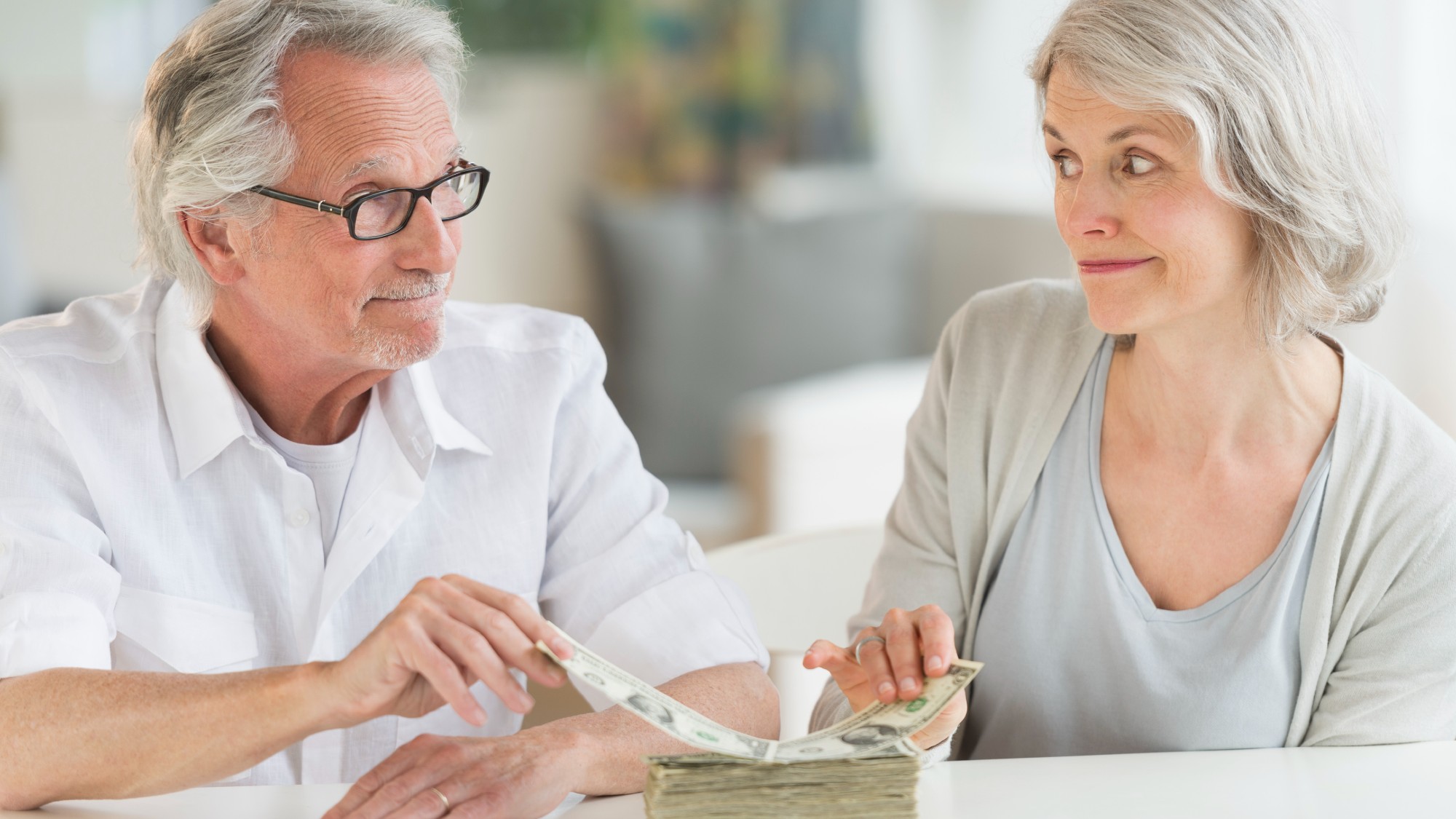What is dynamic pricing, and how will its increasing adoption affect your wallet?
The practice of adjusting prices based on demand is becoming more common


Recently, the fast food chain Wendy's faced backlash after it announced a plan to start moving prices in tandem with demand, a practice known as dynamic pricing. While consumer outrage may have forced Wendy's to back off its plan, it's unlikely to entirely derail the pricing model that is increasingly taking hold — especially as technology makes it easier than ever to implement.
In fact, the practice of adjusting prices based on demand — also known as variable pricing — has already been happening, particularly with ride-hailing apps, concert tickets, and hotel and airline reservations. Now, it's creeping over to restaurants and other industries as well.
What exactly is dynamic pricing?
Put simply, dynamic pricing "uses real-time supply and demand data to fluctuate prices up or down," said NerdWallet. In other words, during slow times, prices are lower, whereas when business is busier, prices are higher.
The Week
Escape your echo chamber. Get the facts behind the news, plus analysis from multiple perspectives.

Sign up for The Week's Free Newsletters
From our morning news briefing to a weekly Good News Newsletter, get the best of The Week delivered directly to your inbox.
From our morning news briefing to a weekly Good News Newsletter, get the best of The Week delivered directly to your inbox.
Anticipated customer demand is usually what is pushing prices up or down. As an example, "movie theaters have also introduced variable pricing for anticipated blockbusters, such as 'The Batman,'" said The Wall Street Journal. And with the classic happy hour, prices are lower earlier on, when fewer people tend to be at the bar for a drink.
Sometimes, prices may fluctuate seasonally or based on the weather. For instance, "people travel in the summer months, so airline tickets are more expensive in the summer," said NerdWallet. Meanwhile, "ski lift operators can lower prices when conditions are subpar."
Why is dynamic pricing on the rise?
While the practice of dynamic pricing isn't anything new, it has become increasingly possible and much more precise thanks to the help of technology. Technology is "making it much easier to alter prices in real-time using an algorithm," said NerdWallet, "and the availability of that resource has its appeal to businesses that hadn't previously been able to price based on real-time factors."
Indeed, said the Journal, "technology providers are pitching services that enable restaurants to change prices weekly or monthly, increasing or slashing the cost of a taco or sandwich between a few quarters to several dollars, depending on demand and sales patterns."
A free daily email with the biggest news stories of the day – and the best features from TheWeek.com
These shifts in pricing can add up for restaurants that are looking to increase their revenue amid rising costs. For instance, said the Journal, one San Diego-based barbeque restaurant reported "that variable pricing attached online to the pulled-pork sandwich boosted the four-unit chain's $30,000 in monthly delivery sales by $1,500 since the company began testing it in early 2023."
How can you make dynamic pricing work for you?
While dynamic pricing is understandably frustrating, "'it doesn't take away the power of the consumer,'" Kimberlee Josephson, an associate professor of business administration at Lebanon Valley College, said to U.S. News & World Report. "At the end of the day, it is still up to the consumer to accept or reject the offer."
While dynamic pricing can corner you into paying more, "it also creates an opportunity to milk the benefits," said NerdWallet — though you will need to "put the time and attention into" making that happen. This can mean committing to avoiding the mad dash and opting out during periods when you know demand is likely to be high, and instead saving your shopping or traveling for times you know will be less popular.
To better keep tabs on price movements, consider signing up for loyalty programs. These programs are "often accessed via apps" and typically "offered by grocery stores, airlines, hotels and fast food chains," said NerdWallet. And not only are they "a convenient way to keep track of price fluctuations," they "usually offer perks like points toward free items and small discounts for using the app to make purchases."
Becca Stanek has worked as an editor and writer in the personal finance space since 2017. She previously served as a deputy editor and later a managing editor overseeing investing and savings content at LendingTree and as an editor at the financial startup SmartAsset, where she focused on retirement- and financial-adviser-related content. Before that, Becca was a staff writer at The Week, primarily contributing to Speed Reads.
-
 Political cartoons for January 4
Political cartoons for January 4Cartoons Sunday's political cartoons include a resolution to learn a new language, and new names in Hades and on battleships
-
 The ultimate films of 2025 by genre
The ultimate films of 2025 by genreThe Week Recommends From comedies to thrillers, documentaries to animations, 2025 featured some unforgettable film moments
-
 Political cartoons for January 3
Political cartoons for January 3Cartoons Saturday's political cartoons include citizen journalists, self-reflective AI, and Donald Trump's transparency
-
 How to financially prepare for divorce
How to financially prepare for divorceThe Explainer Facing ‘irreconcilable differences’ does not have to be financially devastating
-
 Why it’s important to shop around for a mortgage and what to look for
Why it’s important to shop around for a mortgage and what to look forThe Explainer You can save big by comparing different mortgage offers
-
 4 ways to save on rising health care costs
4 ways to save on rising health care costsThe Explainer Health care expenses are part of an overall increase in the cost of living for Americans
-
 4 ways to streamline your financial life in 2026
4 ways to streamline your financial life in 2026the explainer Time- and money-saving steps
-
 4 tips to safeguard your accounts against data breaches
4 tips to safeguard your accounts against data breachesThe Explainer Even once you have been victimized, there are steps you can take to minimize the damage
-
 Received a windfall? Here is what to do next.
Received a windfall? Here is what to do next.The Explainer Avoid falling prey to ‘Sudden Wealth Syndrome’
-
 How to save more for retirement next year
How to save more for retirement next yearthe explainer Secure yourself a suitable nest egg
-
 Received a gift card this holiday season? Here’s how to maximize it.
Received a gift card this holiday season? Here’s how to maximize it.The Explainer Make the most of your present
